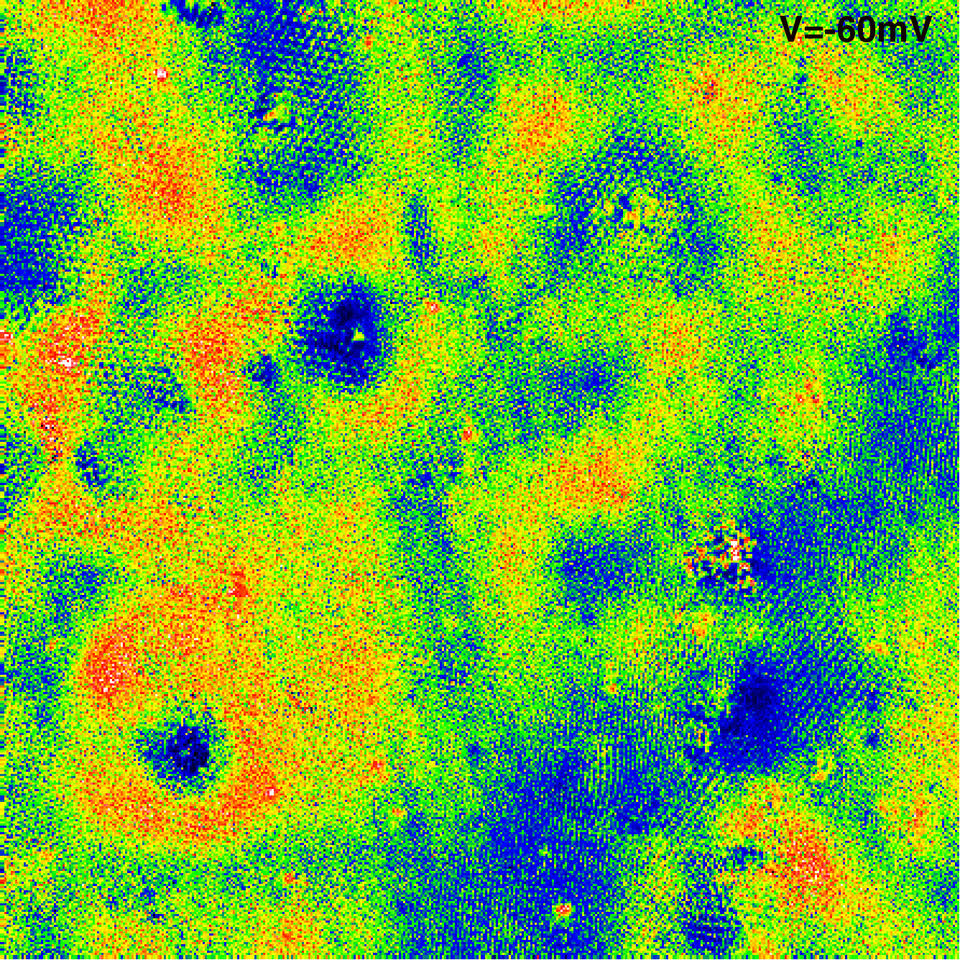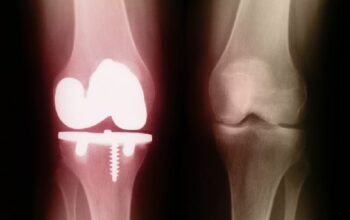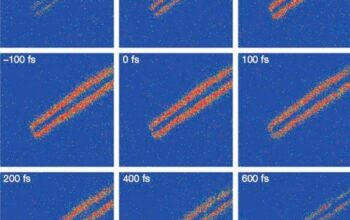Graphene, a monolayer of carbon atoms arranged in a two-dimensional honeycomb lattice, has emerged as a revolutionary material, garnering both scientific curiosity and technological aspirations. Its intrinsic properties afford it an unparalleled status in the pantheon of modern materials. Among these properties, its conductivity and strength stand out, but perhaps one of the most captivating phenomena associated with graphene is its remarkable speed record. This attribute not only implies potential for technological innovations but also serves as a symbolic beacon of advancement in materials science.
To understand graphene’s speed record, one must first delve into the electronic behavior of this material. Unlike conventional conductors found in everyday use, graphene boasts an extremely high electron mobility. This characteristic emerges from the unique band structure of graphene, which permits electrons to traverse the lattice with minimal resistance. Electrons in graphene behave as if they are massless, akin to particles traveling through a vacuum. This metaphorical comparison hints at the profound implications of this behavior: when utilizing graphene, one is not merely employing a different material; one is capitalizing on the very principles that govern the universe at a quantum level.
The experimental determination of graphene’s speed was showcased by researchers seeking to measure how swiftly charge carriers could navigate this fascinating material. The thesis behind their exploration stems from a fundamental understanding rooted in Einstein’s theory of relativity and quantum mechanics. In essence, the electrons within graphene can be likened to sleek racing cars, deftly maneuvering through a treacherous landscape with minimal drag. Such an analogy captures the intrinsic elegance of their motion and serves to elucidate the implications for applications in electronic devices.
As studies emerged documenting graphene’s electron mobility, values soared to an astonishing 200,000 cm²/V·s—an unparalleled feat amongst materials known to date. To juxtapose, silicon, the backbone of most modern electronic devices, offers an electron mobility of approximately 1,500 cm²/V·s. This differential suggests that graphene holds as much promise for the future of electronics as the advent of the steam engine did in the nineteenth century. The transition from silicon-based technology to graphene-based systems could potentially usher in a new era of high-speed computing and efficient energy consumption.
The ability of graphene to maintain such high speeds while managing to dissipate heat elegantly is another of its astonishing attributes. Generally, as the speed of electrons increases within a conductor, so too does the temperature, leading to resistance that can inhibit performance. However, graphene uniquely mitigates this issue. This property can be likened to a river flowing purposefully through a valley without causing erosion on its banks; its momentum does not translate into turbulence or heat generation. Thus, applications ranging from transistors to high-frequency oscillators can thrive in an environment where traditional materials falter.
Moreover, the acceleration of electrons in the graphene lattice is not merely a curiosity, but rather a gateway to develop ultra-fast devices capable of processing information at unprecedented rates. Imagine a world in which processors seamlessly execute trillions of calculations per second—we stand on the brink of this potential transformation. With faster devices, the implications for telecommunications, data processing, and beyond are profound.
Beyond mere speed, graphene’s unique charge transport properties present an enticing opportunity to revolutionize existing technologies. The amalgamation of high speed and tunability in electronic properties allows graphene to adapt to a plethora of applications. For instance, combining graphene with other two-dimensional materials can produce heterostructures that retain graphene’s advantageous characteristics while diversifying their utility. These layered constructs might pave the way for novel applications in optoelectronics, sensors, and even quantum computing where speed and efficiency reign supreme.
Furthermore, it is critical to consider the interdisciplinary ramifications of graphene’s speed. As this material gains traction in fields as varied as biomedical engineering and energy, researchers are constantly exploring innovative avenues for harnessing its properties. For example, the rapid electron mobility characteristics of graphene could facilitate the development of advanced biosensors capable of detecting diseases at remarkably low concentrations of biomarkers, magnifying the responsiveness of existing medical diagnostics. Additionally, applications in energy storage—such as in supercapacitors—could see graphene foster devices that charge and discharge faster than conventional batteries, thereby revolutionizing portable electronic technology and electric vehicles.
Nonetheless, while there is much optimism associated with the utilization of graphene, challenges persist. Scalability, production costs, and integration into existing infrastructures are among the hurdles that scientists and engineers must confront as they endeavor to unlock graphene’s full potential. Despite these challenges, the pursuit of addressing them is fueled by the vast possibilities that this material presents—a tantalizing prospect akin to the discovery of electricity itself.
In summation, graphene’s speed record encapsulates not merely a scientific achievement but symbolizes the dawn of a new technological era. By converging various disciplines—physics, materials science, engineering, and beyond—this marvel of graphene offers an insightful lens through which to view the complexities of nature and our potential to innovate within it. Its exceptional properties present a multifaceted landscape ripe for exploration, reiterating the infinity of possibilities that lie at the intersection of speed, mobility, and efficiency. The journey is far from complete, yet each stride forward brings us closer to fully realizing the extraordinary capabilities of graphene, propelling humanity into a future characterized by unprecedented technological advancement.










